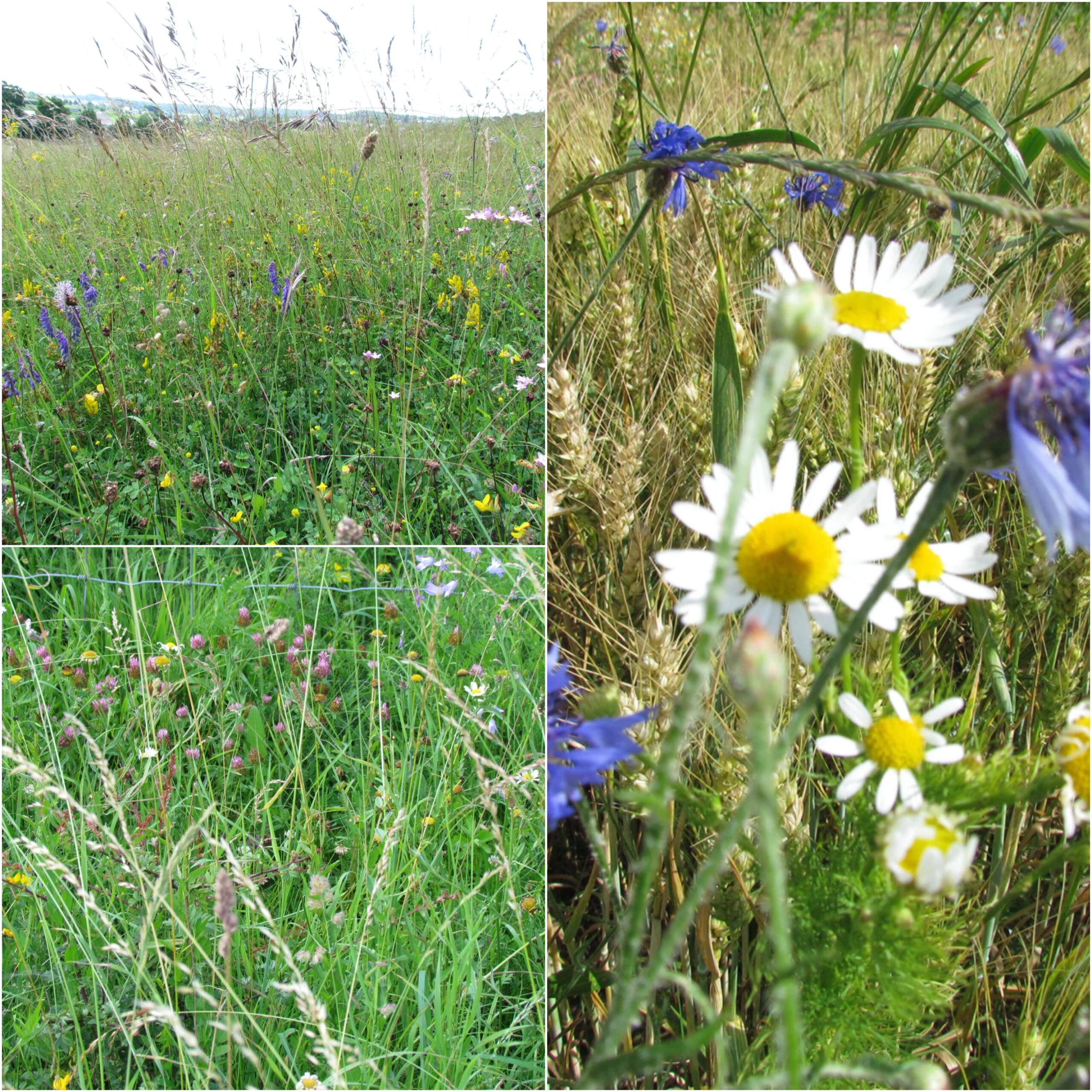Intensively used agricultural areas do not offer favourable living conditions for many species, because numerous insects disappear due to the use of pesticides. In addition, the diversity of plants is drastically reduced in heavily fertilised areas, as the most competitive species suppress the weaker ones and often particularly high-yielding species are additionally sown. Extensification, which involves the abandonment of pesticides and less fertilisation, increases the number of plant species, which then leads to a higher diversity and number of insects and other animals at the base of the food chain. The extensification of land is done with the help of biodiversity programmes of the ANF (Administration de la Nature et des Forêts) and ASTA (Administration des Services techniques de l’Agriculture), which offer a choice of different contracts so that the best possible care of the land is guaranteed. A distinction is made between extensification and restoration. In the case of extensification, the maintenance is adapted in such a way that it promotes the biodiversity of the area. In restoration, diversity is actively promoted through the application of native seeds. There are also adapted programmes for the promotion of biodiversity on arable land.
Extensification

